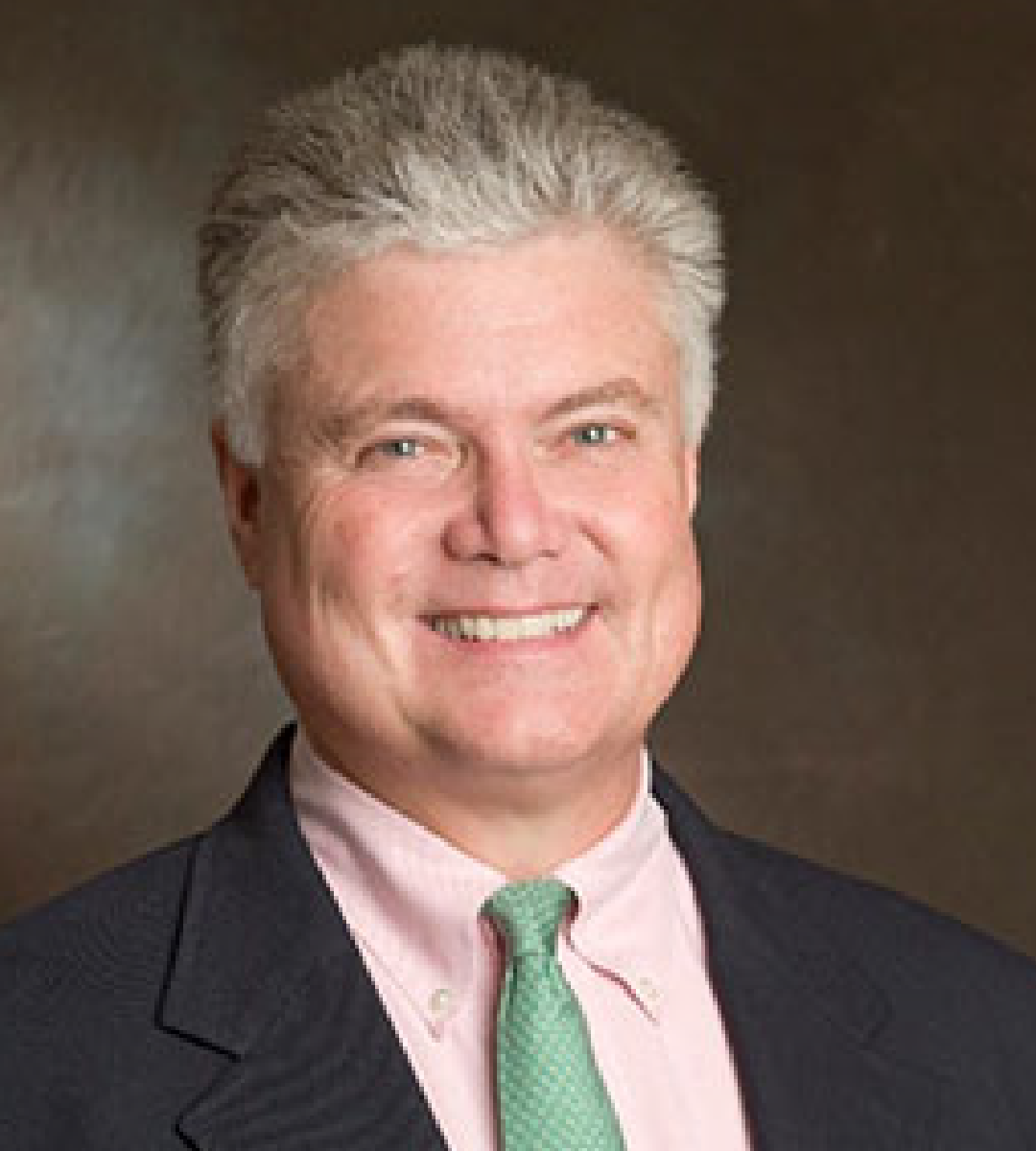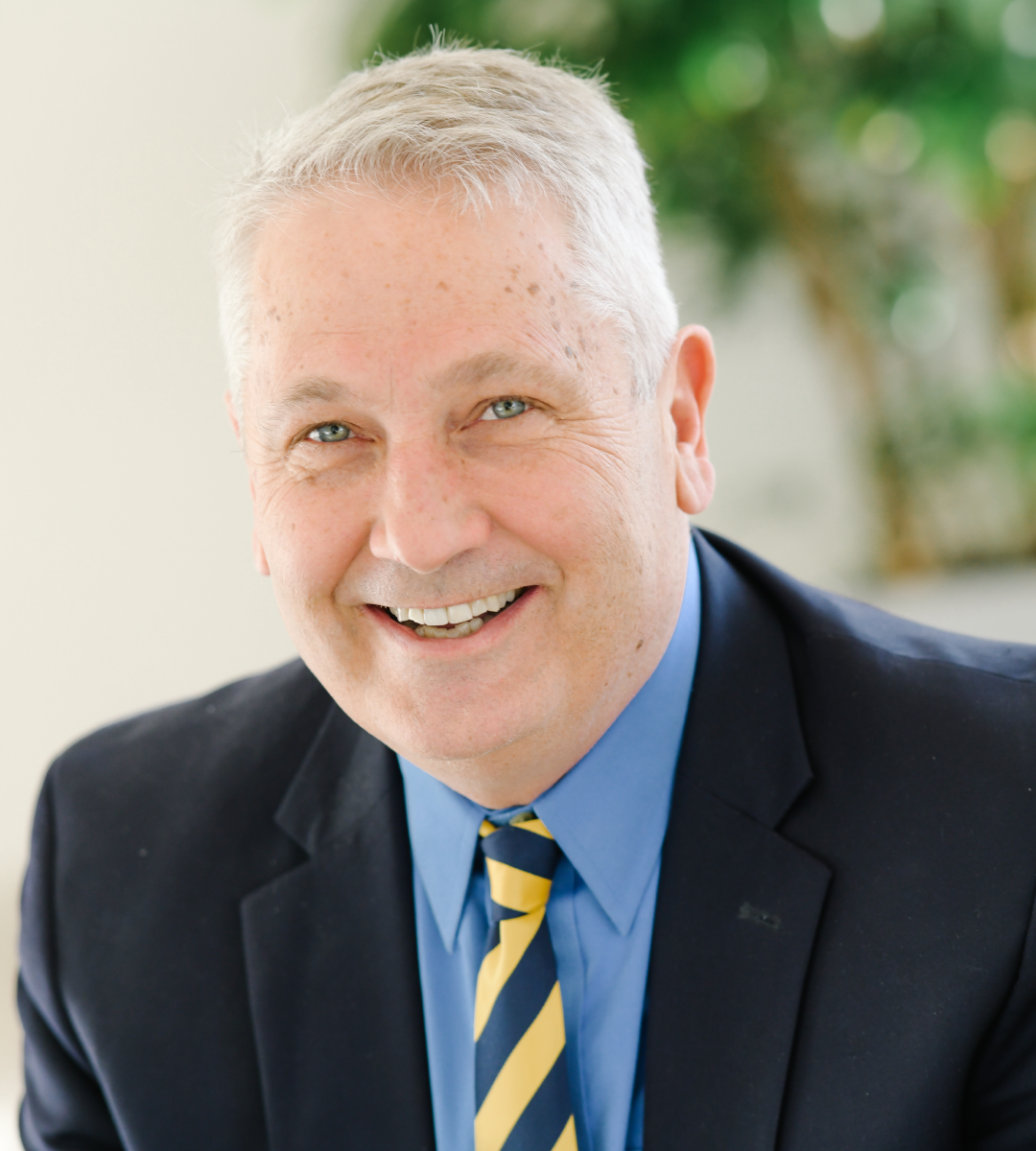Aug 15, 2019
ADHD on rise among kids
Diagnosis rates for children with attention deficit hyperactivity disorder are skyrocketing, and most children with the condition are not receiving the recommended treatment protocol, according to Blue Cross Blue Shield Association data.
“We can and should do better,” said Dr. Ken Duckworth, below right, medical director of behavioral health for Blue Cross Blue Shield of Massachusetts, “This report indicates we must do more for our children.”


“The Impact of ADHD on the Health of America’s Children” report found a 31 percent increase in diagnosis over the past seven years.
Health of America reports are based on annual data from more than 41 million Blue Cross Blue Shield members. This particular study focused on diagnoses of ADHD in members between the ages of 2 and 18 from 2010 to 2017.
Duckworth expects the diagnosis rate to continue to climb as more people recognize ADHD is a health condition deserving of attention and treatment.
“I see the increase in ADHD diagnosis as part of the reduction of stigma generally as well as the willingness of parents to identify problems their children have in school and social situations,” he said. ”This is a good thing.”
“An increase in diagnosis is good news,” agreed Dr. Ned Hallowell, a psychiatrist and founder of the Hallowell Center for Cognitive and Emotional Health in Sudbury. “More people are learning about ADHD and more are being diagnosed.”
People with ADHD often struggle to focus, organize, concentrate and complete tasks quickly, sometimes resulting in underachievement in school, work, and even relationships. They are 10 times more likely to suffer from substance use disorder, according to Hallowell.
“Lives are at stake,” said Hallowell, author of, "Driven to Distraction," "Answers to Distraction," and "Delivered from Distraction." “ADHD can make your life or ruin your life.”
Hallowell notes, however, that people with ADHD are also among the most innovative people in business, entertainment, science and sports. Sir Richard Branson, founder of the Virgin Group; singer/actor Justin Timberlake; astronaut Scott Kelly; and Olympic gymnast Simon Biles all have spoken publicly about their ADHD experiences.
The challenges of treatment
The American Academy of Pediatrics recommends that people with ADHD receive both behavioral health therapy and medication.
“Living with ADHD is like having a race car brain with bicycle brakes,” says Hallowell. The medication used to treat ADHD “upgrades” the brain’s brakes, helping patients to focus better.
“We have the tools to treat ADHD,” said Hallowell, “effective medication, counseling to provide structure and coaching to help build executive function skills.”
The Health of America report, however, found that only about 27 percent of children with ADHD are receiving both treatments. Forty-nine percent of patients are receiving only medication while 12 percent receive only therapy.
Hallowell finds this discouraging, calling treatment of ADHD with just medication substandard care.
“My hunch is medication alone leads the pack likely because it is the easiest one to provide, the quickest to get results and also the fastest to administer,” he said. “Therapy is more time-consuming and therefore more expensive, and so to combine it with medication, while it provides the best result, raises the price. Also you need professionals who are trained in providing the therapy as well as able to prescribe medication.”
Hallowell advocates a three-part approach to treating ADHD: medication; behavioral therapy, to provide the patient with guidance and structure to cope with the challenges of the syndrome; and education
“Most people need to learn what ADHD is. They don’t know the positive aspects such as super attentiveness, creativity and resilience. They need to learn how to develop these traits.” — Dr. Ned Hallowell
Hallowell also challenges his patients to “find the right difficult - a creative challenge” into which they can pour their focus and energy.
When he treats patients with ADHD, Hallowell says, “I don’t treat a disability, I unwrap gifts.”
How Massachusetts fares and other findings
The Health of America report found that by several measures, Massachusetts is outperforming the national average. For instance the seven-year increase in diagnosis of ADHD in Massachusetts is below the national rate at 21 percent.
Massachusetts also does better than the national average when it comes to recommended treatment. Almost 34 percent of ADHD patients in the state received both therapy and medication, compared to the national average.
The number of children in Massachusetts diagnosed with the condition in 2017, however, was above the national average. Nationwide, 6.4 children per 100 Blue Cross Blue Shield members were diagnosed with ADHD in 2017. In Massachusetts the diagnosis rate was 8.1 per 100 members.
Nationwide, the study found four in 10 children diagnosed with ADHD age have at least one other co-occurring behavioral health condition. As they age into middle and high school, the co-occurring condition is increasingly anxiety or depression.
The Health of America report also notes that the diagnosis rate of ADHD is:
- Highest among middle school aged children at 9 percent
- Two times higher among boys than girls
- Higher in southern states and lower in western states
In addition to having high diagnosis rates, southern states are more likely to treat ADHD with medication only, according to the data.
“This report shows that the national health care community needs to adopt best practices to treat ADHD,” said Duckworth. “Behavioral health therapy is a crucial companion treatment method especially necessary as children age and develop co-occurring conditions like depression.”

